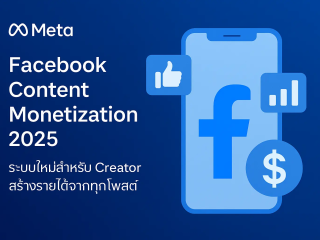
The use of typography in unlimited graphic design service is one of the most powerful tools for creating a memorable and impactful message. By understanding how typefaces, fonts, and styles work together, you can create designs that are truly unique and delightful. In this article, we’ll explore some delightful typography techniques that any graphic designer can use to make their designs stand out from the crowd.
One of the most popular techniques for creating a unique visual impact is to play with scale and contrast. This can involve combining different font sizes, weights and colors to create a powerful dynamic in your design. Scale can be used to draw attention to certain elements of the design – larger fonts may indicate importance or hierarchy, while smaller fonts may signal elegance or subtlety. Contrast can be used to emphasize certain words or phrases, which are then set apart from the rest of the text by using a different font size and color.
Using typefaces is another great way to create visual interest in your designs. Pairing two contrasting fonts – such as a script and a sans serif font – can add an interesting twist to a design. Different typefaces can also be used to evoke different emotions – serif fonts may bring a more serious or formal feel, while script fonts may be used to evoke a sense of creativity and playfulness.
Choosing Typefaces & Fonts
When it comes to typography, the typeface you choose is just as important as the font you choose. A typeface is a family of related fonts (such as Times New Roman or Helvetica) that share similar characteristics. Each typeface has its own unique personality and character, so it’s important to choose one that best reflects your brand or message. Once you’ve chosen a typeface, then you can begin exploring different fonts within that family. For example, if you choose Helvetica as your typeface, then you could explore various weights (light, medium, bold) and sizes (small, medium, large).
Exploring Contrast & Balance
Once you’ve selected a typeface and font for your design project, it’s time to start experimenting with different contrast levels and balance between elements. Contrast helps create visual interest in your design by emphasizing certain elements while downplaying others. It also helps draw attention to specific points in your design such as headlines or call-to-action buttons. To achieve balance in your design composition, try playing around with size relationships between two elements or using symmetry to bring order to chaos.
Combining Text & Images
In addition to exploring contrast and balance between different text elements on the page, don’t forget about combining text with images! Combining text with visuals can help create an emotional connection with viewers by conveying both emotions and facts at the same time. When pairing visuals with text make sure they are visually unified by choosing complementary colors or ensuring they have similar shapes or movement patterns throughout the composition. This will help ensure that viewers understand what each element is communicating without taking away from each other.
Typography plays an integral role in graphic design; it provides structure for content while enhancing visual appeal at the same time. By understanding how typefaces and fonts work together along with exploring contrast levels and balance between different elements on a page, any graphic designer can unlock delightful typography techniques to make their designs stand out from the crowd!

 Dr. Sagy Grinberg Helping Patients Navigate Complex Medical Conditions with Precision
Dr. Sagy Grinberg Helping Patients Navigate Complex Medical Conditions with Precision  Pump Likes Allowing Users to Increase Social Media Engagement Quickly and Safely
Pump Likes Allowing Users to Increase Social Media Engagement Quickly and Safely  How do prescriptions online address medication interactions and allergies?
How do prescriptions online address medication interactions and allergies?  Nordic IPTV Platforms Offering Streaming of Popular Scandinavian Channels and Shows
Nordic IPTV Platforms Offering Streaming of Popular Scandinavian Channels and Shows 





